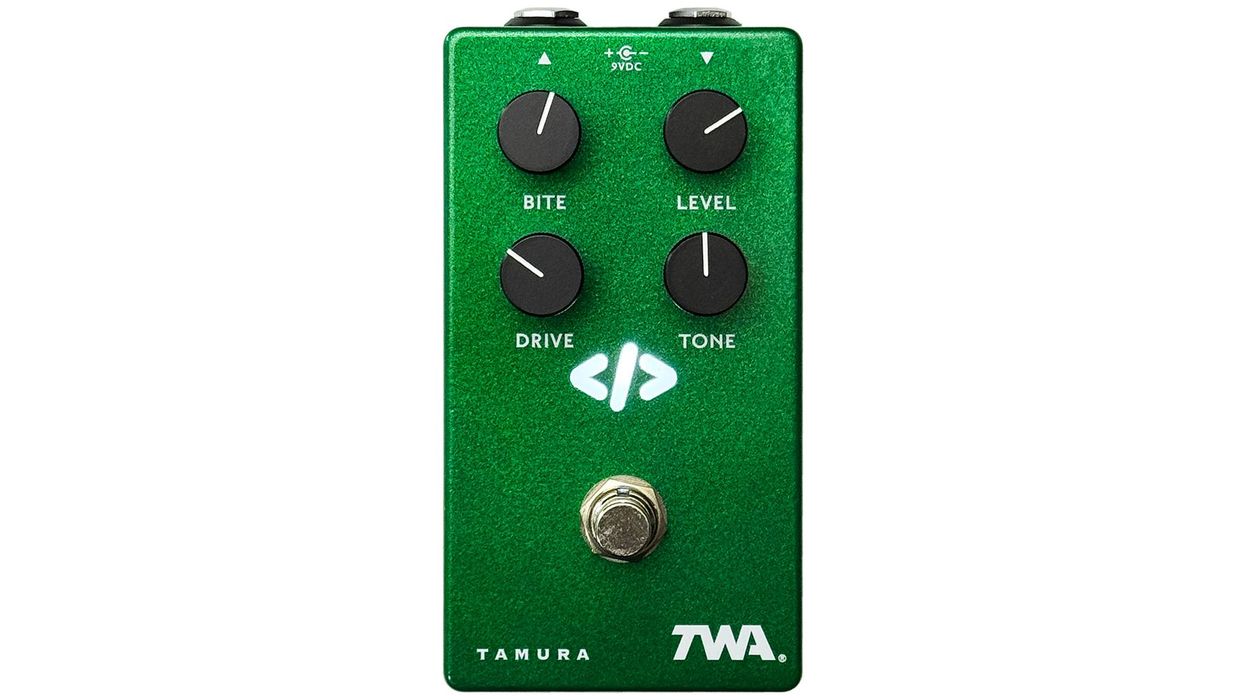Bochum, Germany (August 4, 2008) -- After a year of constant R&D, ENGL proudly presents the new E 656 Steve Morse Signature 100. Three channels, 100W, EL34 power amp section and the new ENGL Mid Control Matrix designed to allow maximum midrange control options. Along with other ENGL features like MIDI Control, integrated Noise Gate, 2 FX Loops, Tube Protection and outstanding German craftsmanship, the Steve Morse Signature 100 is the perfect sound machine for dedicated guitarists and tone gurus - just like Steve.
Street: $3,249.99
For more information:
ENGL Amplification
Street: $3,249.99
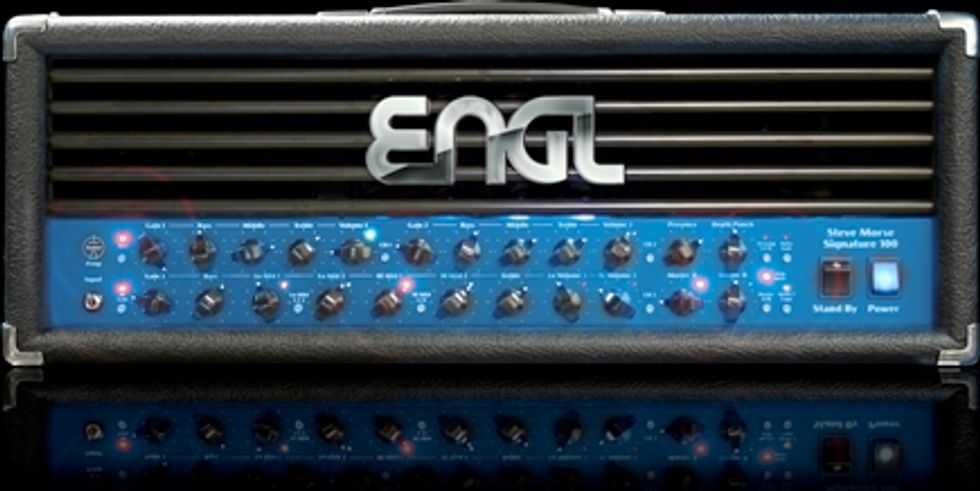 |
For more information:
ENGL Amplification


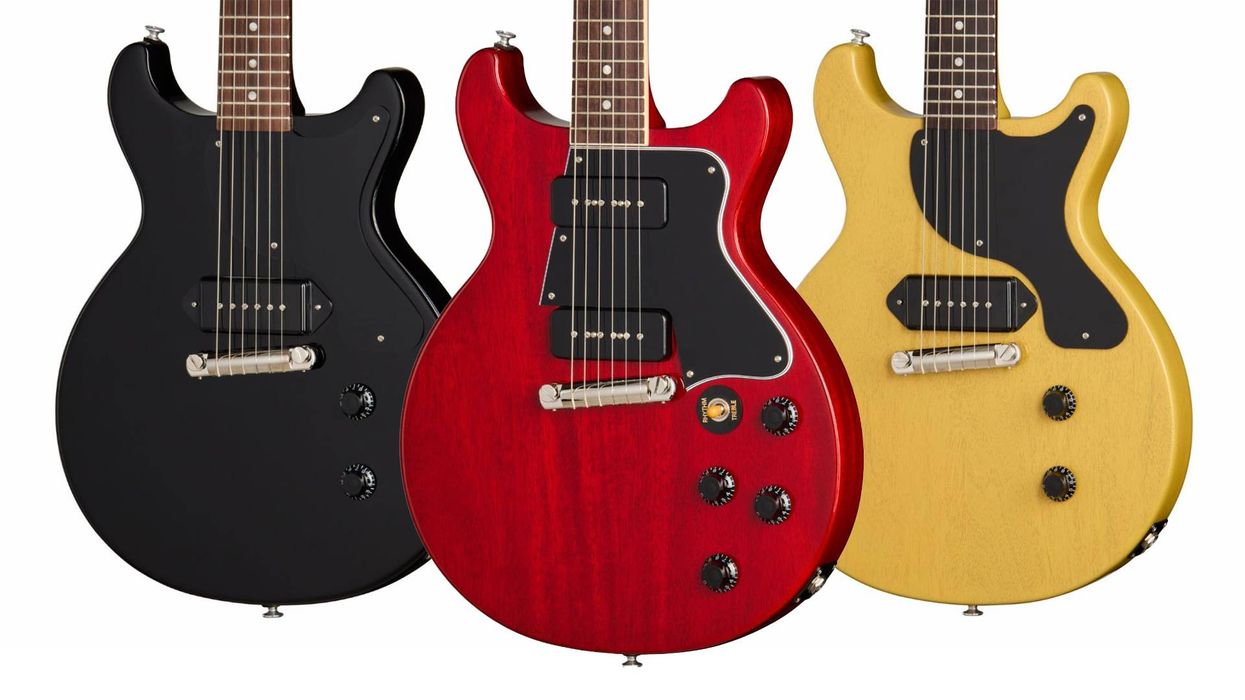
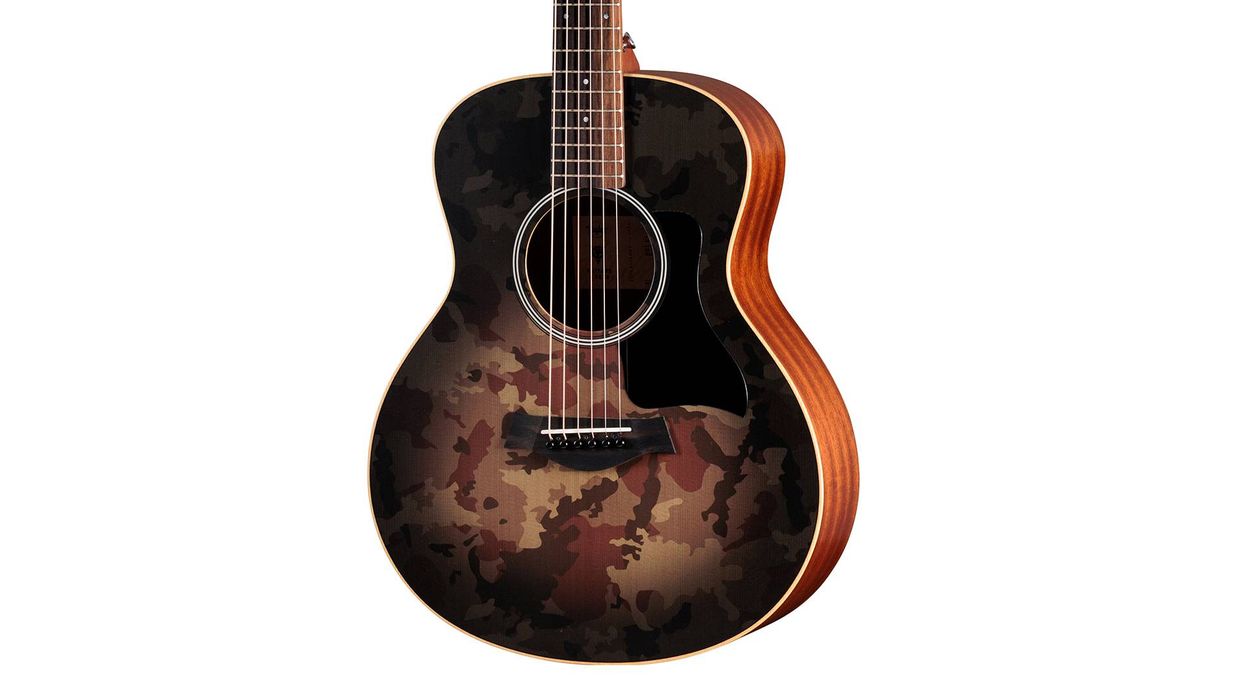
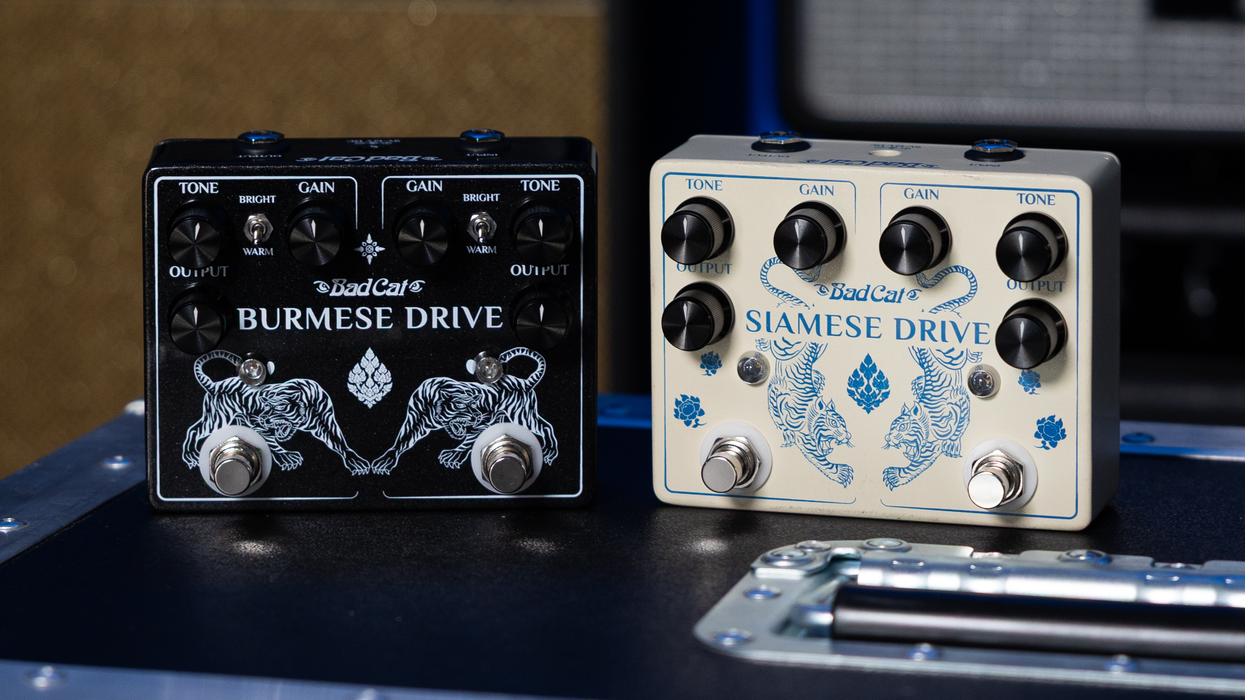
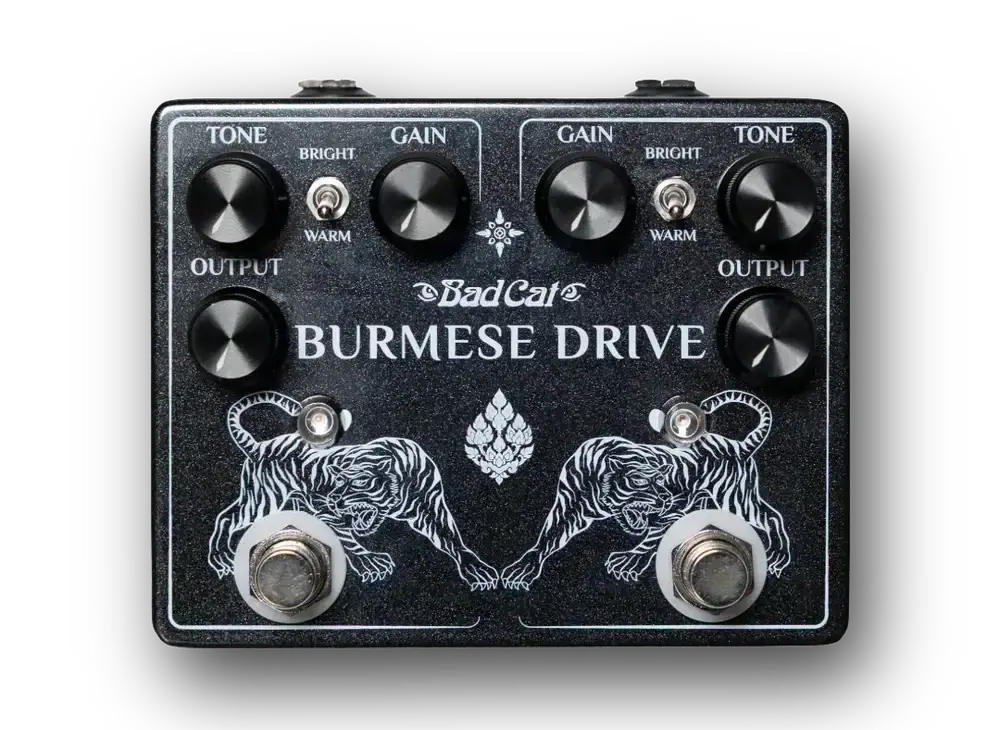
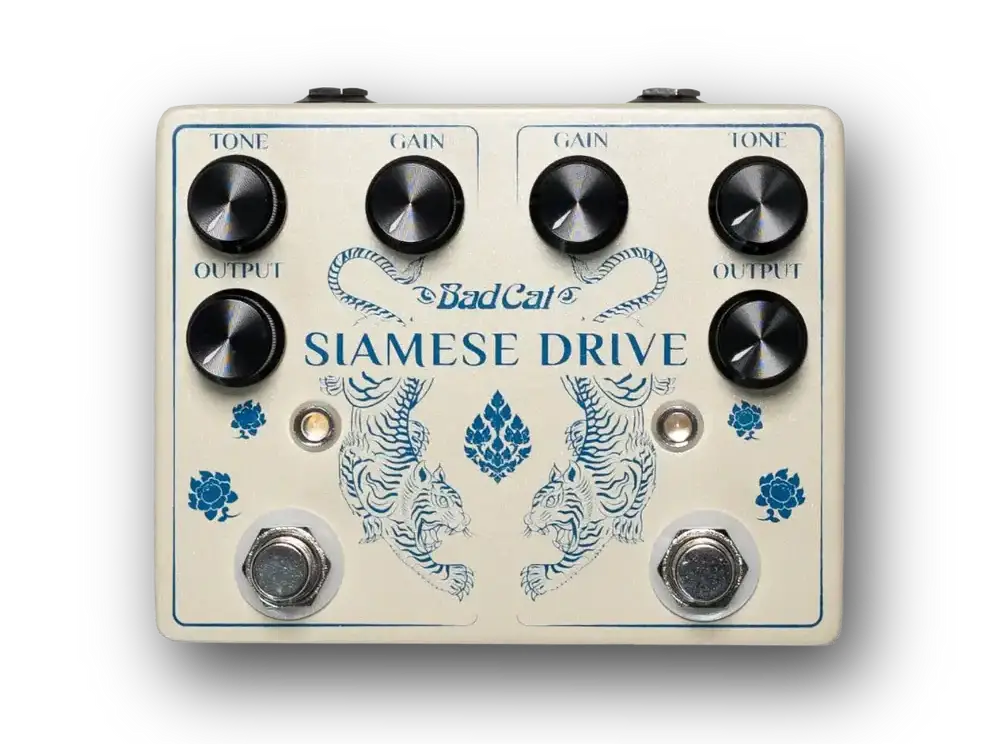
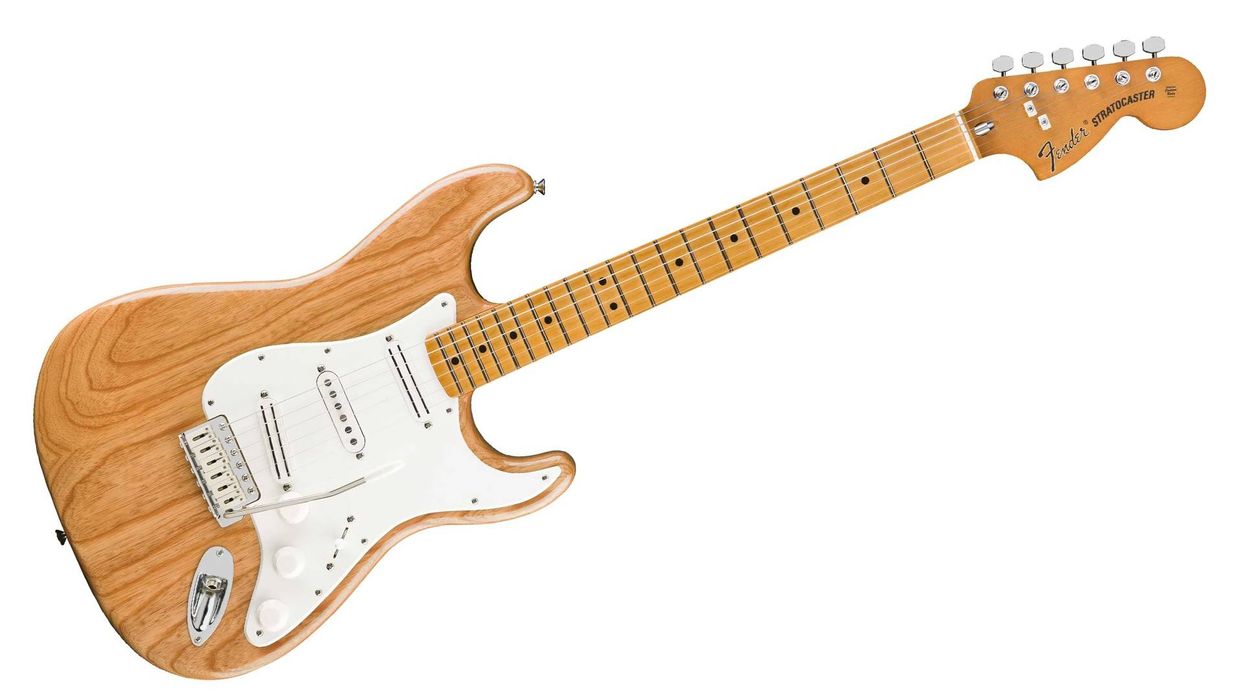
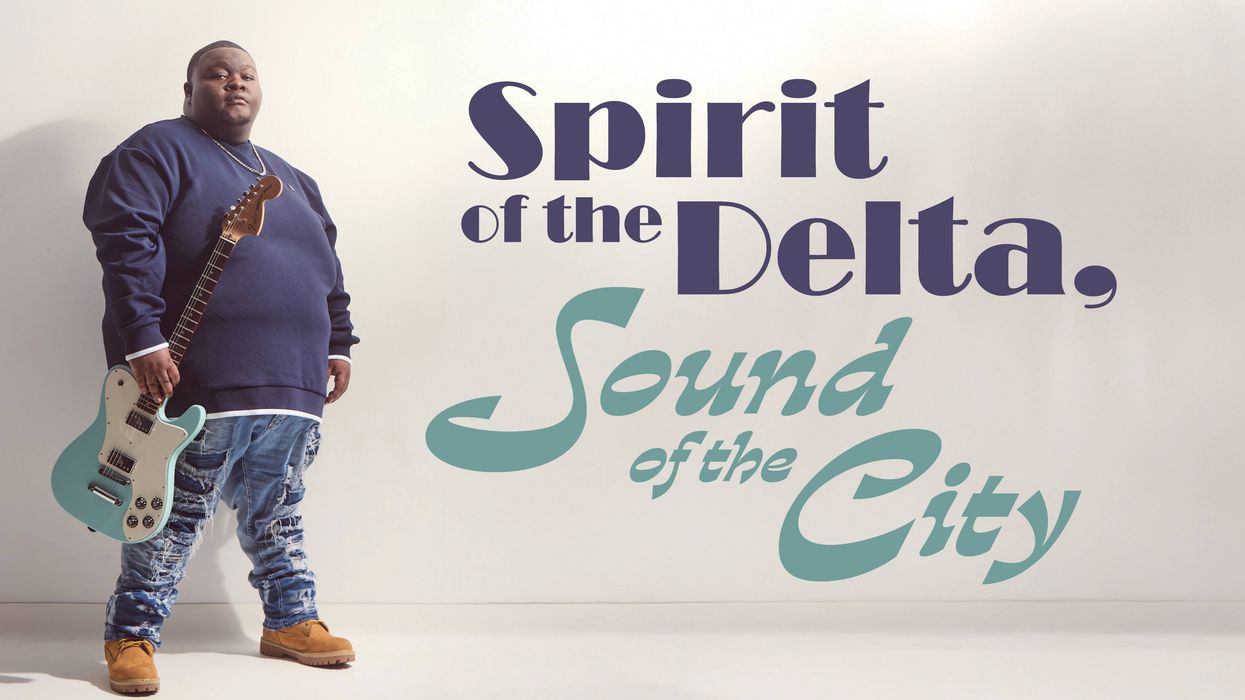
![Rig Rundown: AFI [2025]](https://www.premierguitar.com/media-library/youtube.jpg?id=62064741&width=1245&height=700&quality=70&coordinates=0%2C0%2C0%2C0)



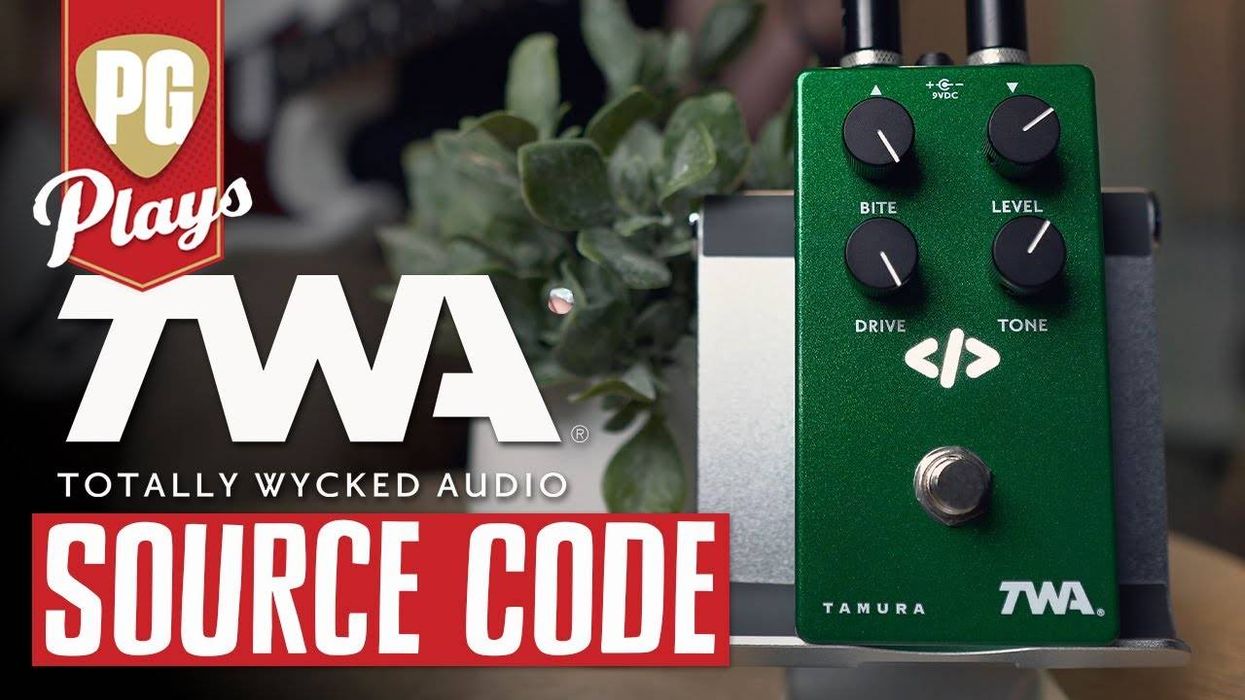


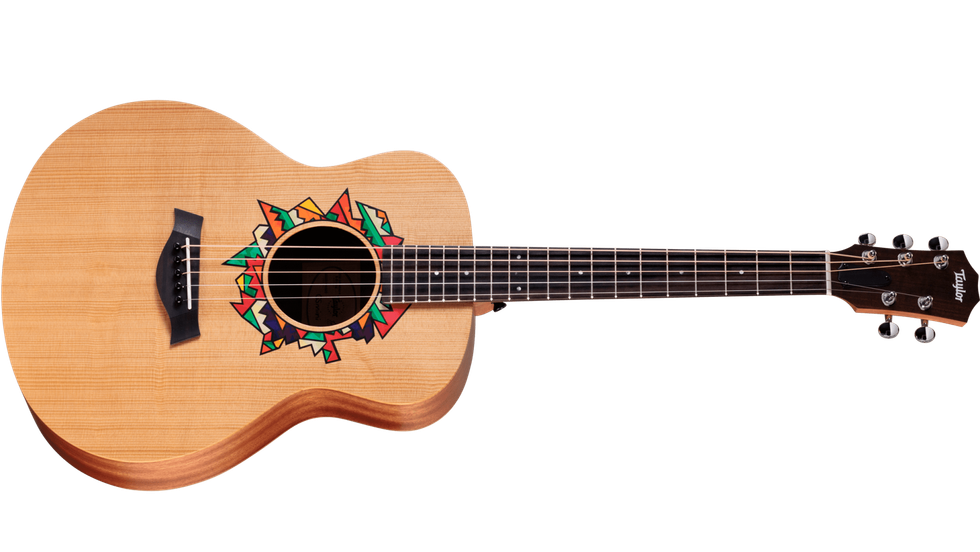
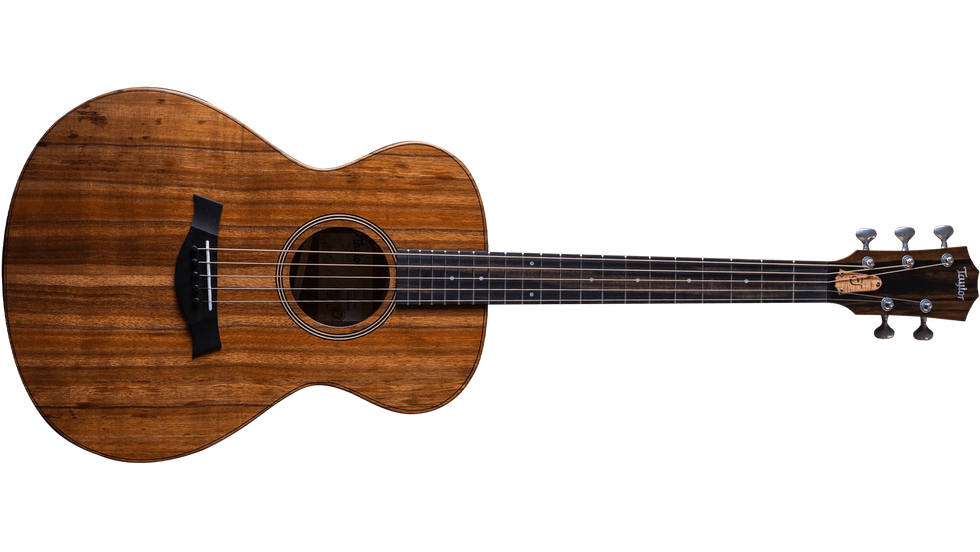 JACOB COLLIER ACADEMY 22E 5-STRING
JACOB COLLIER ACADEMY 22E 5-STRING

